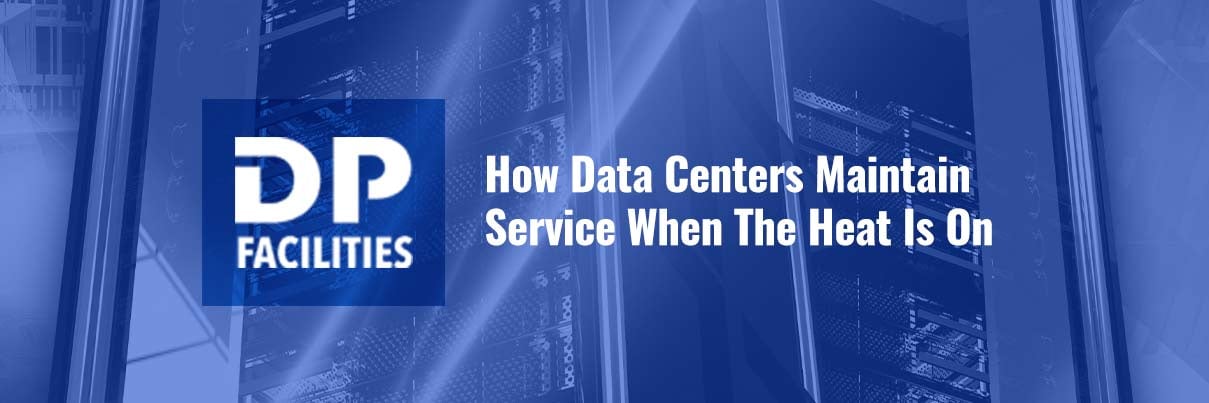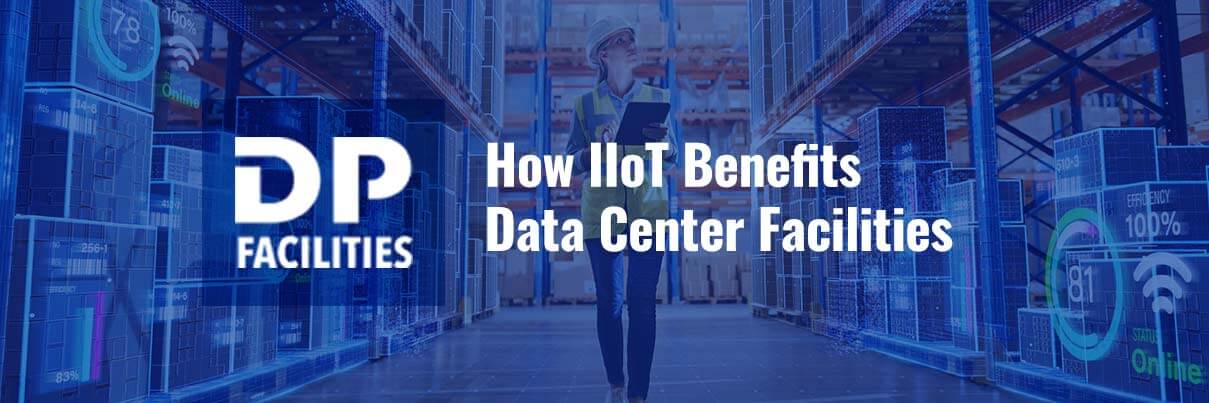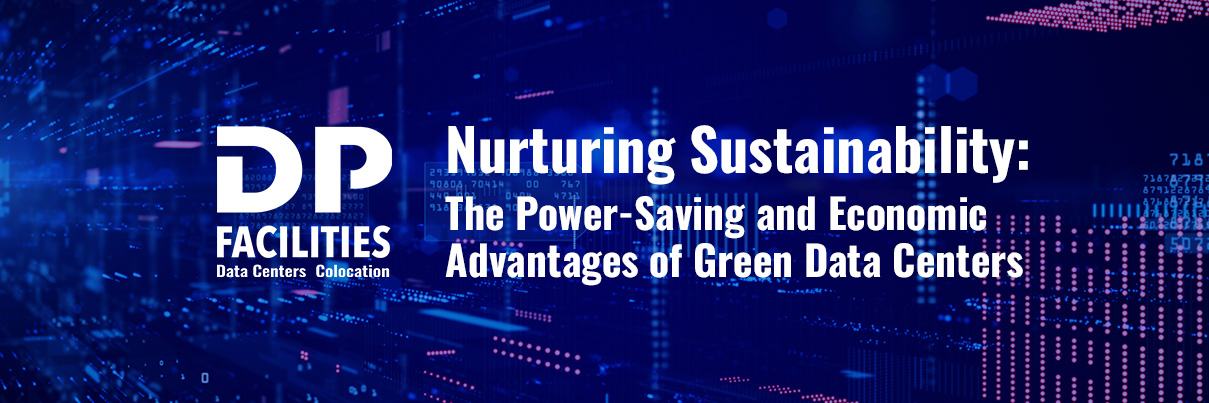
The scorching summer heatwave of 2023 posed a formidable challenge to IT infrastructures. In fact, this past summer, nearly 5,000 heat records were broken or tied in the US and more than 10,000 records were set globally according to the National Oceanic and Atmospheric Association (NOAA). As areas of the country experienced unprecedented peak temperatures of 100°F +, data center operators faced a relentless battle to maintain effective cooling, sustain uninterrupted connectivity, and avert service disruptions.
Historically, data centers had not been engineered to withstand such extreme temperatures for prolonged periods of time, and numerous facilities grappled with the heat's formidable impact. Achieving precise control over the ambient temperature within data rooms became a critical task, where even minor fluctuations in outdoor conditions could spell disaster for customer services.
The Building Itself
The foundation of effective extreme weather preparedness lies in establishing the right infrastructure and developing the necessary processes and procedures to ensure resilience.
While modern data centers are purpose-built to endure temperatures up to approximately 111°F, older facilities were generally designed for temperatures in the range of 95-100°F. Those centers face a formidable challenge when retrofitting for extreme heat (or cold). Several strategies can be employed to prepare older buildings for the climatic challenges of the future. These include recycling waste heat, implementing high-temperature liquid cooling systems and low-power servers, and employing hot and cold aisle containment techniques.
Moreover, climate change impacts not only high temperatures but also events like Sudden Stratospheric Warmings (SSWs), which can bring cold conditions in winter. Consequently, it is important for a data center provider to address these weather scenarios while also adhering to environmental, social, and governance (ESG) and sustainability objectives. Importantly, many of these solutions serve a dual purpose by enhancing the overall energy efficiency of the building. For instance, the use of liquid immersion cooling, which is more effective at dissipating heat than air, not only boosts resilience but also reduces energy use.
Monitoring, Maintenance, And Servicing Must Be A Year-Round Event
Preparing data centers for upcoming temperature fluctuations and demands is a critical priority. For instance, maintaining the peak performance of cooling units is imperative as summer approaches, while during winter, optimizing energy efficiency can involve scaling back certain cooling equipment. Server rooms in modern data centers have dedicated HVAC to maintain optimal temperatures and provide a humidity-controlled environment. Therefore, monitoring around the clock is imperative. Incorporating routine servicing and scheduled preventive maintenance has to be optimized for forecasted extreme weather events. This approach not only readies the equipment for the challenges it may encounter but also minimizes the need for major interventions during severe weather conditions. It's during these extreme weather events that supply disruptions are most likely to arise, underscoring the importance of proactive readiness.
Emergency Preparedness
Another element of this preparedness strategy is a proactive approach to handling emergencies. When extreme temperatures hit, it is crucial to execute a plan aimed at minimizing downtime risks and swiftly resolving any issues that may arise. In this scenario, all non-essential maintenance tasks are deferred, and emergency response teams of engineers are strategically positioned throughout the building. The goal is not to operate on a "business as usual" basis. Instead, these dedicated teams are ready to address issues as soon as they surface, recognizing the critical importance of every saved minute. For example, teams may be stationed at each center on a revolving 24-hour schedule, ready to promptly address any cooling system malfunctions.
Furthermore, co-located data centers offer a distinct advantage by providing access to valuable resources that ensure business continuity. This includes access to skilled personnel, particularly for specialized equipment that may have only a few manufacturer-deployed engineers within a specific geographic region. Larger data center providers possess the size, scale, and industry relationships necessary to secure priority assistance from these specialized providers during emergencies.
There is a delicate balance data center operators titter every day to ensure customer service is uninterrupted, especially in extreme weather conditions. The events of the 2023 summer underscored that, as data centers fought against extended periods of scorching temperatures to avoid disaster for their clients and ensure their business continuity. If proper planning is not in place, operators run the risk of weather issues off-setting that balance, causing significant consequences.


